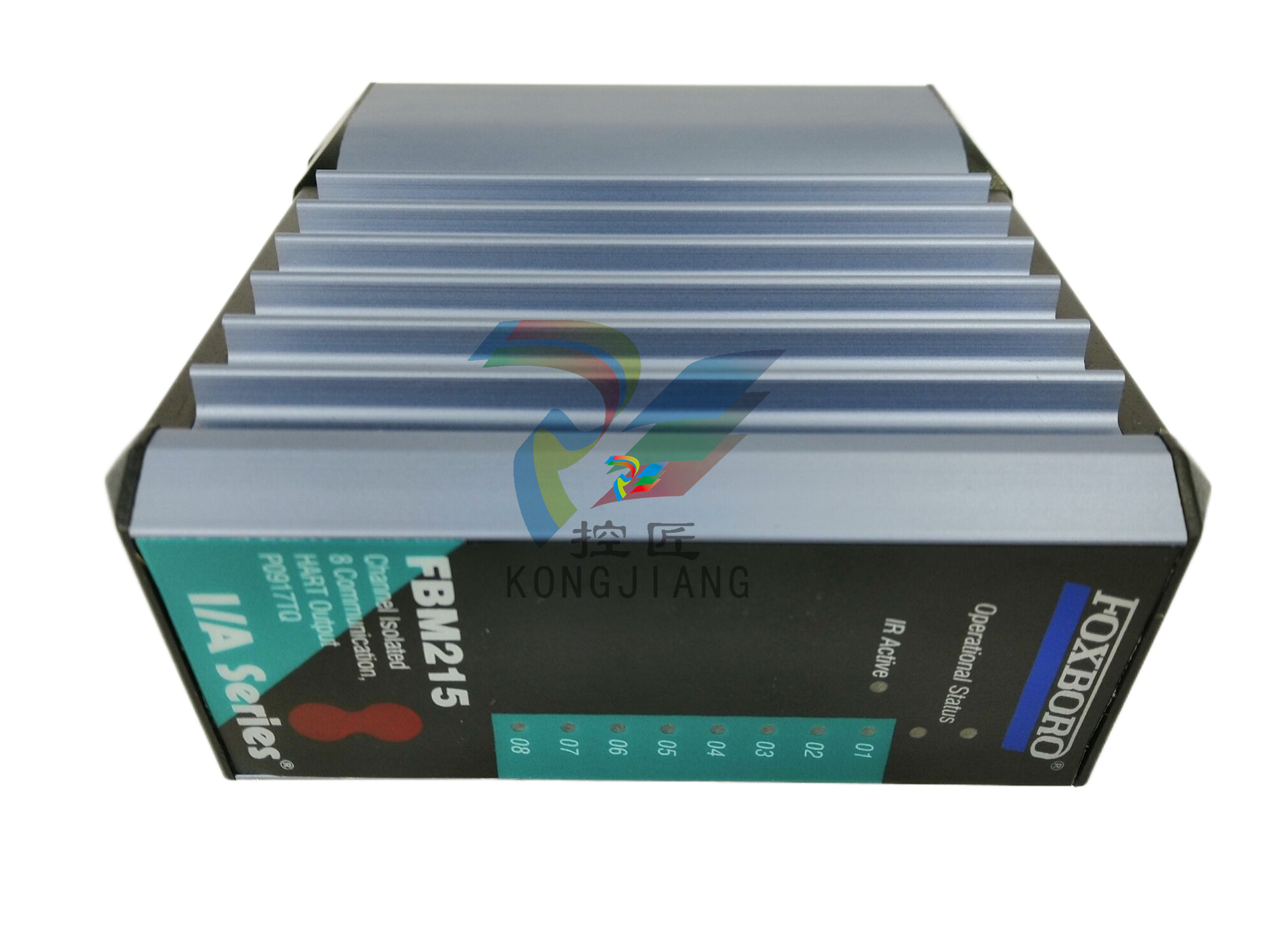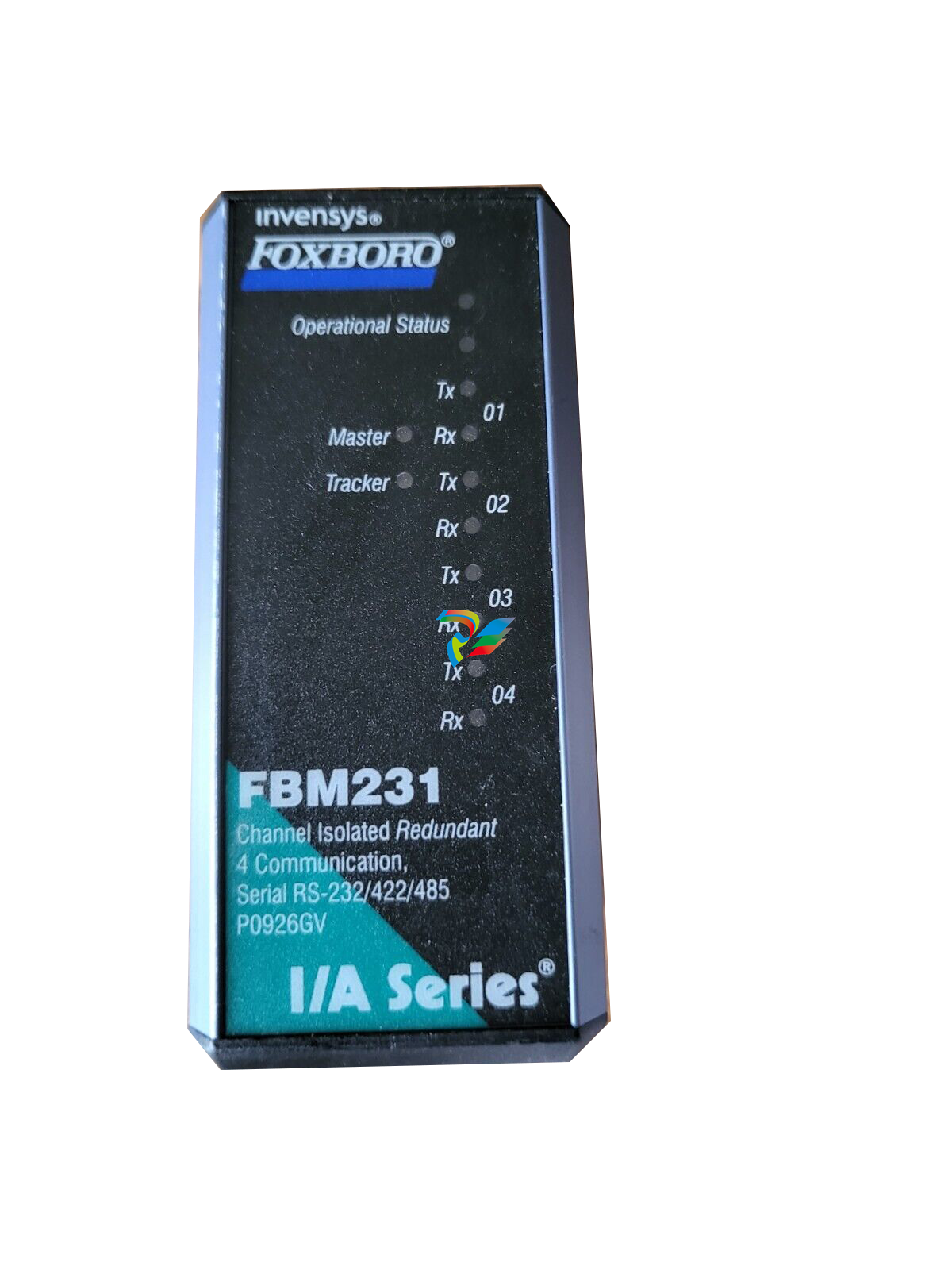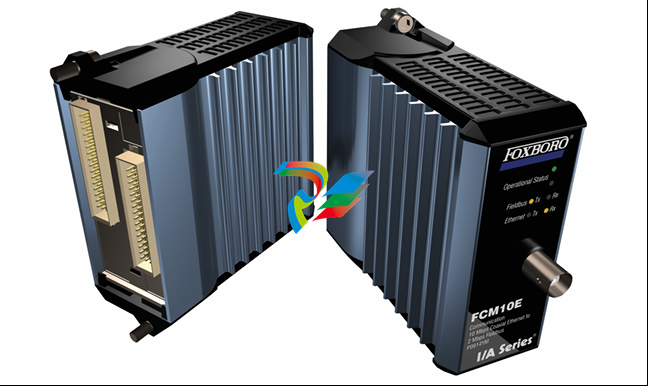Image credit: Shutterstock/Juice Flair
The aerospace industry is thriving and growing, with the latest reports showing 2.2 million employees and an annual revenue of $952 billion. Needless to say, things are looking good. But the success of the top aerospace and defense companies is, for the most part, thanks to the people who work for them.
The achievements of all sectors, from aerospace manufacturing and air traffic control to space exploration and national security, are built on the efforts of their employees. The Aerospace Industries Association (AIA) 2024 report on workforce trends in the aerospace and defense industry (A&D) showed some key areas in the sector that could do with some improvement, which will only lead to benefits for everyone involved.
Trends in Aerospace Workplaces
Areas in which the industry could better support its workforce, according to the AIA, include managing to hold on to the talent, providing employees with better tools and training, and the overall need for better planning.
We’ll look at these in more detail below.
1. Positive Aerospace Industry Perception

Image credit: Shutterstock/ANURAKE SINGTO-ON
Let’s first start with the good news. The report showed that, in general, most A&D workers view the industry in a positive light. 81% of them feel that the sector is in line with their own values, purpose, and mission in life. The report showed that 72% of workers in other industries viewed A&D positively, too.
These numbers are impressive, but it’s worth noting that hourly employees did not feel as connected to the industry and its mission as their salaried counterparts. Despite the majority having a good perception of the sector, there’s clearly some room to grow in relation to employee job satisfaction.
2. Challenges in Keeping Talent

Image credit: Shutterstock/Juice Flair
The A&D industry doesn’t seem to have a problem when it comes to attracting new employees; where it struggles is in keeping them. Employee turnover in the sector is concerning at 13%, which is higher than the average turnover rate in the US by 3.8%. There are many reasons for this attrition, including experienced and knowledgeable employees retiring or nearly there.
Plus, it’s no easy feat finding people with the right education and skills for the aerospace sector; whether they’re situated in an office or the International Space Station, the roles are notoriously demanding. To complete projects in a timely manner, and stop wasting a lot of valuable time on training new employees, management should look into ways they can keep employees happy and, therefore, on board.
3. Need for Better Tools/Resources for Employees

Image credit: Shutterstock/Gorodenkoff
Despite the industry’s heavy investment in IT and cybersecurity, the report showed that almost 50% of employees in A&D feel they don’t have the right tools or resources they need to do their jobs effectively. This was particularly evident in mid-career employees who aren’t newbies, but aren’t nearing retirement, either.
The workers also expressed that they don’t feel that they have enough power to implement or even suggest changes. Companies in the industry are typically equipped with all the latest computers and emerging technologies, but that doesn’t mean that their employees know what to do with them… which leads us to the next point.
4. More Focus on Continual Learning

Image credit: Shutterstock/Gorodenkoff
Workers need to have the correct knowledge, resources, and digital skills if they have any chance of keeping up with the rapid technological evolution taking place. The report hones in on the importance of continuous learning in A&D, whether it be learning new skills for the same job (upskilling) or new skills for a different job (reskilling).
As well as training on things like new technologies, employees should be kept up-to-date on all the necessary and ever-changing government regulations, and security measures, as well as guidance on complex global supply chains. The study found that a mix of learning methods, including on-the-job training, is the best way to make sure that the employees are—and feel—equipped with the skills they need to do their job.
5. Better Workforce Planning

Image credit: Shutterstock/Gorodenkoff
For long-term success, it’s not enough for management in the A&D sector to focus on filling vacant positions, label it ‘workforce planning’, and call it a day. They need to take more strategic hiring approaches that cover more than just meeting headcount goals. Companies need to address the diverse and evolving talent needs of the sector; however, ever-increasing skill complexity makes implementing diversification quite the task.
Although hiring skilled folk should be at the top of the list, finding people who work great in a team is even more important. No one said it would be easy but, with proper workforce planning, finding team members with specialized knowledge as well as the ability to work well in, and adapt to, workplace challenges is the way forward.















































.jpg)
.jpg)
.jpg)





.jpg)



.png)
.jpg)

.jpg)
_lVjBYb.jpg)

.jpg)
.jpg)



.jpg)
.jpg)







.jpg)

.jpg)
.jpg)











.jpg)




.jpg)
.jpg)
.jpg)
.jpg)
.jpg)
.jpg)

.jpg)
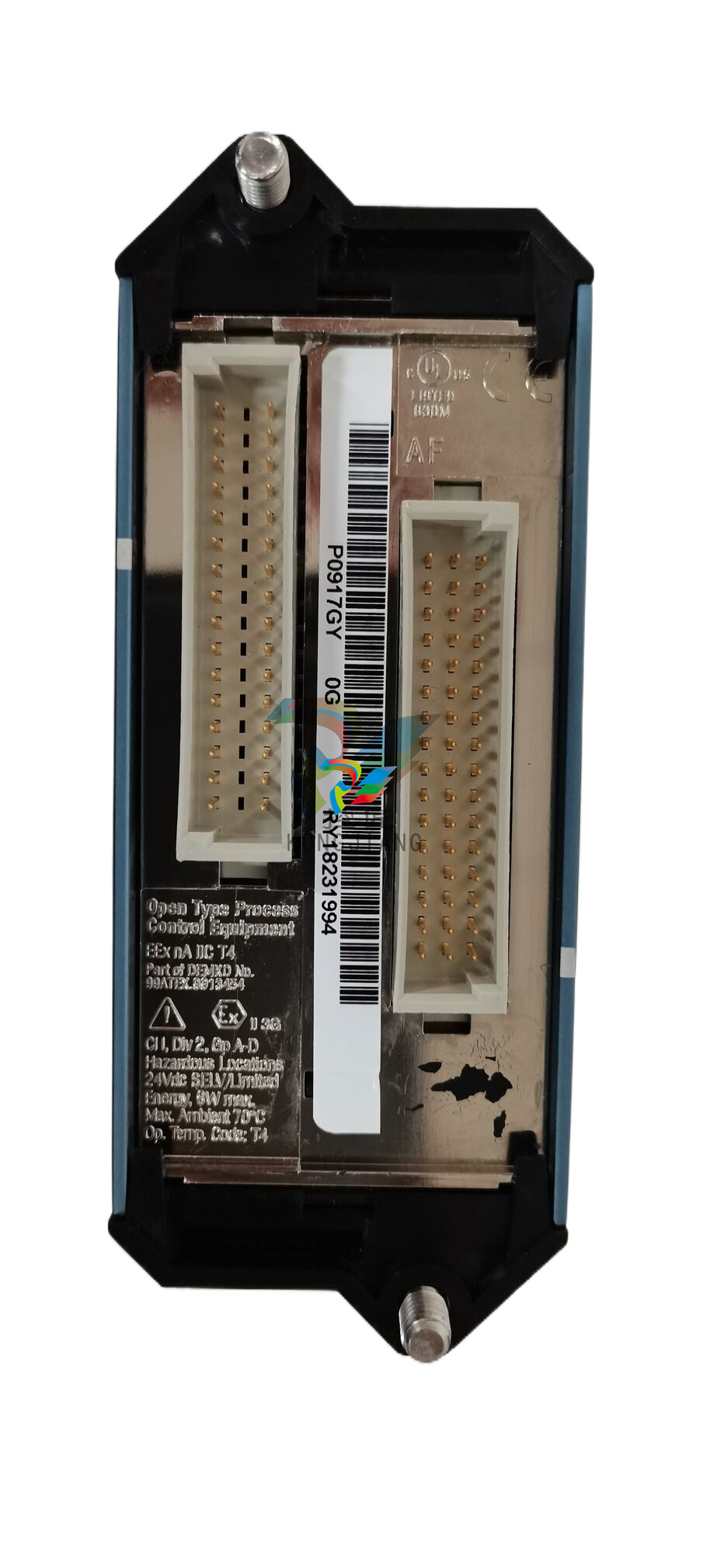
.jpg)
.jpg)
.jpg)
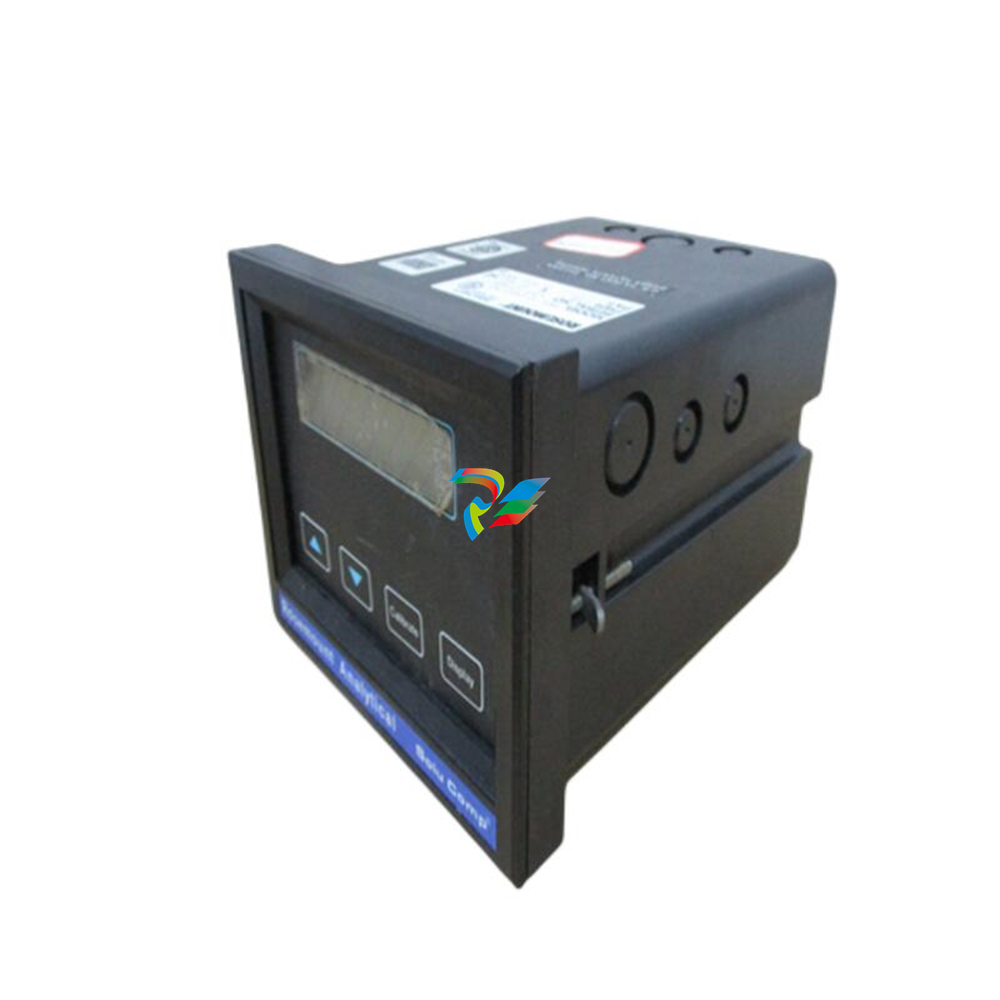
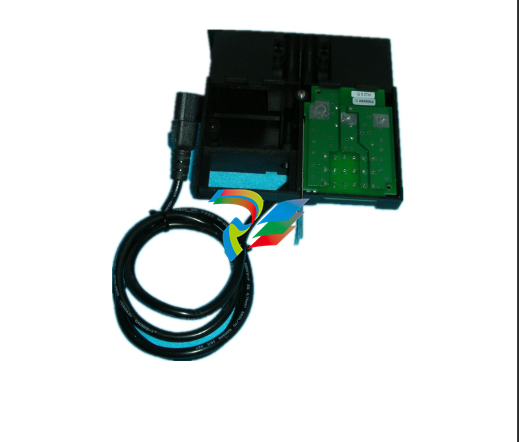
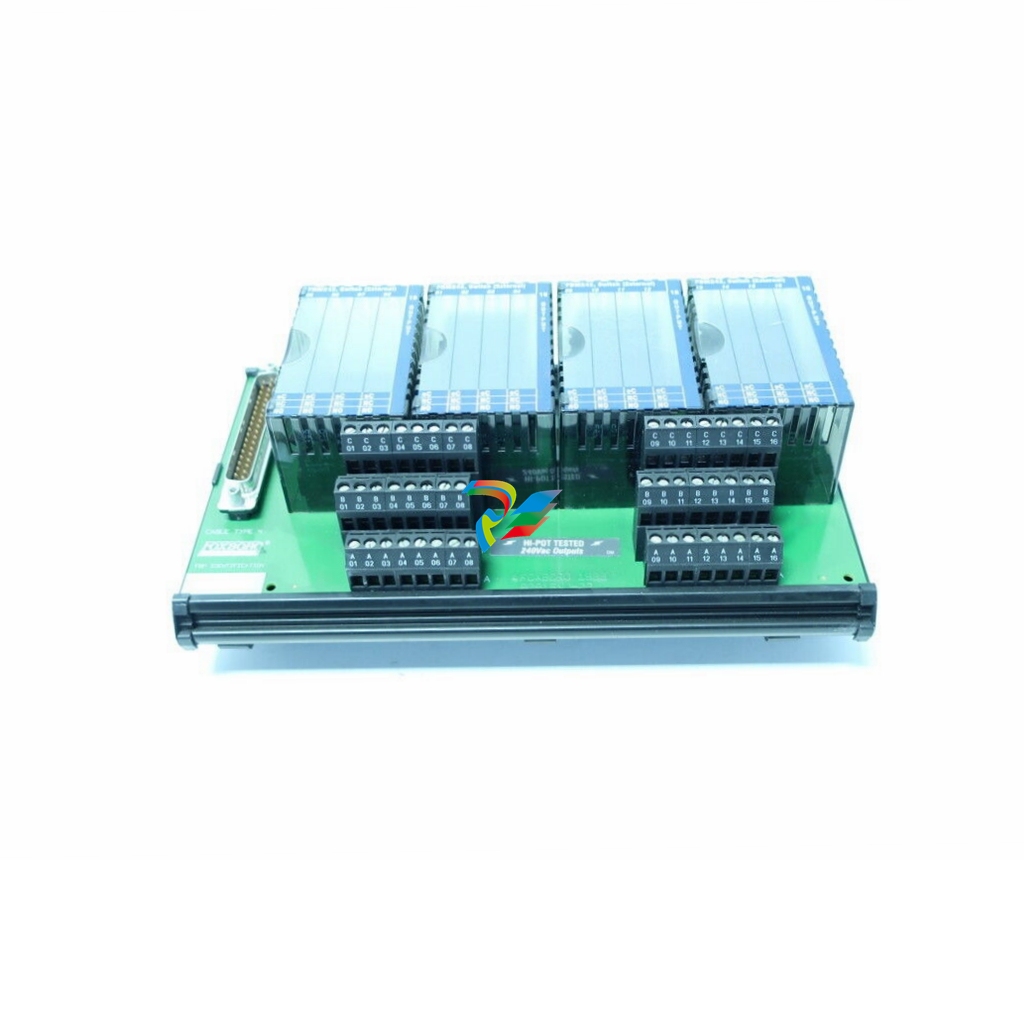


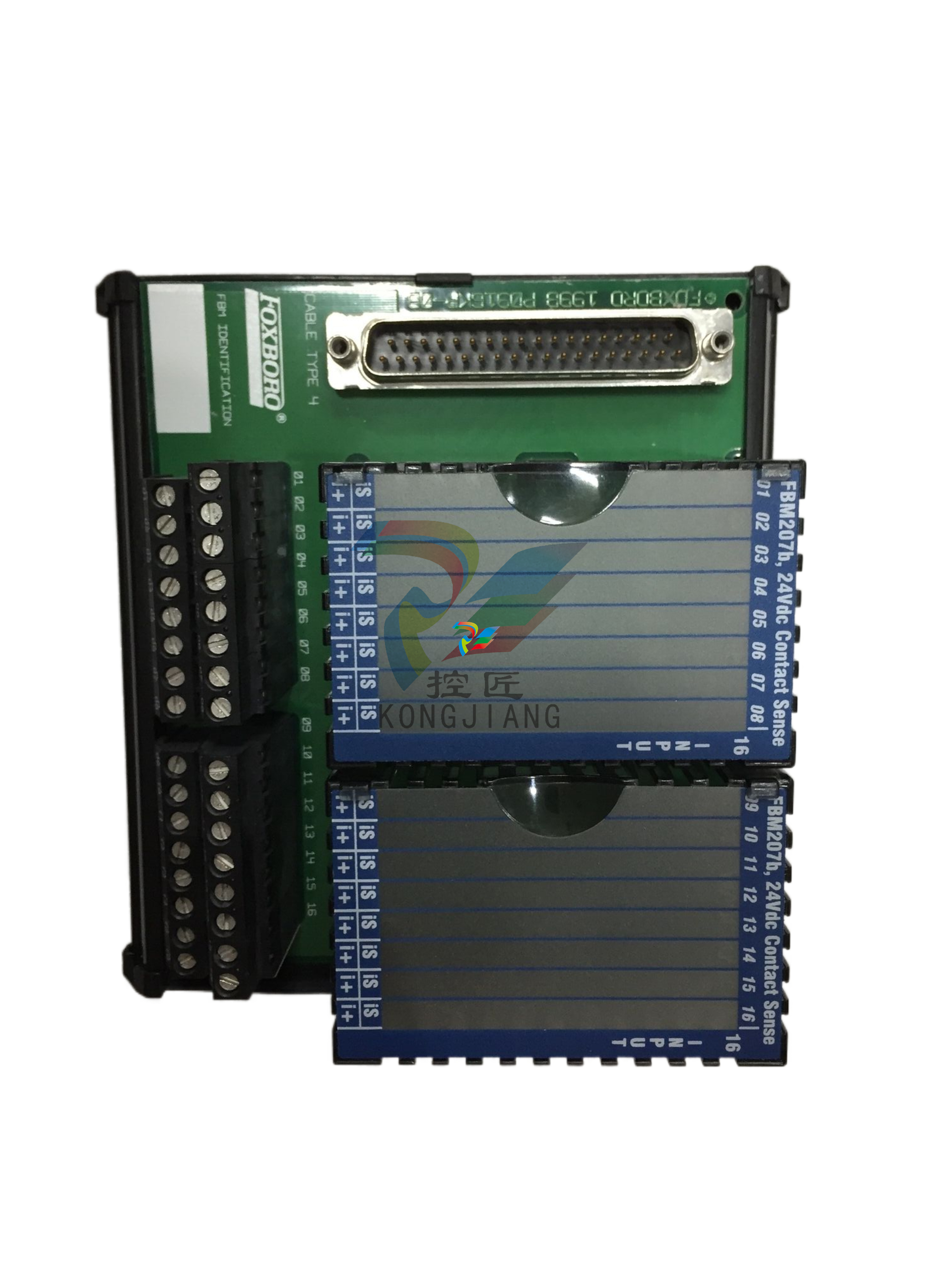
.jpg)
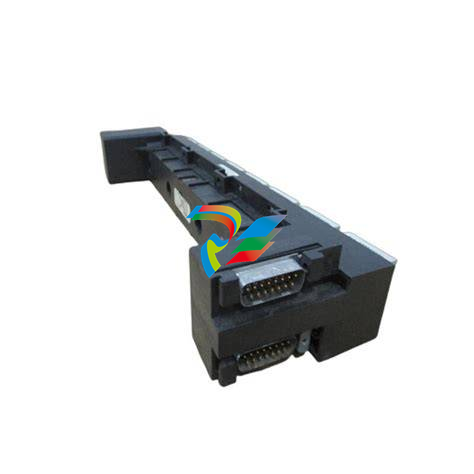
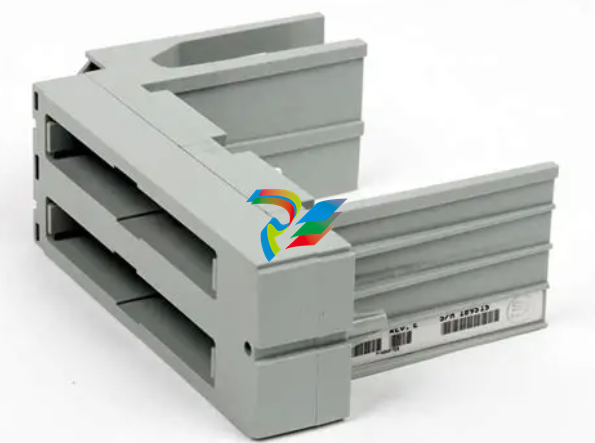
.jpg)
